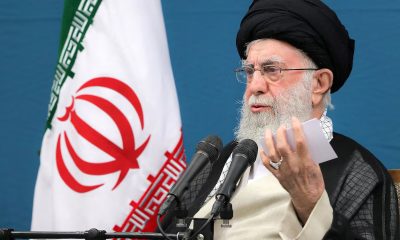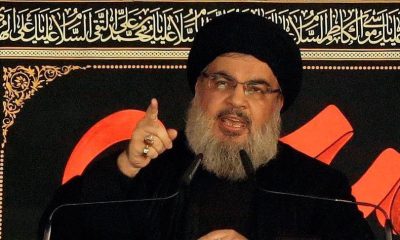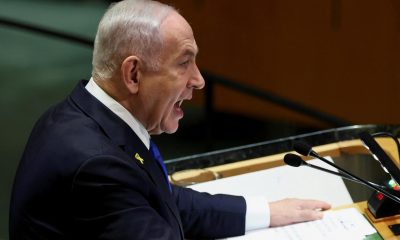News
Profile: Who Was Hezbollah Leader Hassan Nasrallah?

Hezbollah has confirmed the death of its leader Sheikh Hassan Nasrallah, after Israel said it had killed the 64-year-old in an airstrike on Beirut.
Nasrallah, the former leader of Lebanon’s militant Shia Islamist movement, was one of the best known and most influential figures in the Middle East.
Prior to his death, Nasrallah had not been seen in public for years because of fears of being assassinated by Israel.
And on Saturday, Israeli military said they killed Nasrallah in a strike on the Lebanese capital.
Nasrallah was a shadowy figure with close personal links to Iran who played a key role in turning Hezbollah into the political and military force it is today. He was revered by the group’s supporters.
Under Nasrallah’s leadership, Hezbollah helped train fighters from the Palestinian armed group Hamas, as well as militias in Iraq and Yemen, and obtained missiles and rockets from Iran for use against Israel.
He steered Hezbollah’s evolution from a militia founded to fight Israeli troops occupying Lebanon, into a military force stronger than the Lebanese army, a powerbroker in Lebanese politics, a major provider of health, education and social services, and a key part of its backer Iran’s drive for regional supremacy.
Born in 1960, Hassan Nasrallah grew up in Beirut’s eastern Bourj Hammoud neighbourhood, where his father Abdul Karim ran a small greengrocers. He was the eldest of nine children.
He joined the Amal movement, then a Shia militia, after Lebanon descended into civil war in 1975. After a short spell in the Iraqi holy city of Najaf to attend a Shia seminary he rejoined Amal in Lebanon before he and others split from the group in 1982, shortly after Israel invaded Lebanon in response to attacks by Palestinian militants.
The new group, Islamic Amal, received considerable military and organisational support from Iran’s Revolutionary Guards based in the Bekaa Valley, and emerged as the most prominent and effective of the Shia militias that would later form Hezbollah.
In 1985, Hezbollah officially announced its establishment by publishing an “open letter” that identified the US and the Soviet Union as Islam’s principal enemies and called for the “obliteration” of Israel, which it said was occupying Muslim lands.
Nasrallah worked his way up through Hezbollah’s ranks as the organisation grew. He said that after serving as a fighter he became its director in Baalbek, then the whole Bekaa region, followed by Beirut.
He became leader of Hezbollah in 1992 at the age of 32, after his predecessor Abbas al-Musawi was assassinated in an Israeli helicopter strike.
One of his first actions was to retaliate to the killing of Musawi. He ordered rocket attacks into northern Israel that killed a girl, an Israeli security officer at the Israeli embassy in Turkey was killed by a car bomb, and a suicide bomber struck the Israeli embassy in Buenos Aires, Argentina, killing 29 people.
Nasrallah also managed a low-intensity war with Israeli forces that ended with their withdrawal from southern Lebanon in 2000, though he suffered a personal loss when his eldest son Hadi was killed in a firefight with Israeli troops.
Following the withdrawal, Nasrallah proclaimed that Hezbollah had achieved the first Arab victory against Israel. He also vowed that Hezbollah would not disarm, saying that it considered that “all Lebanese territory must be restored”, including the Shebaa Farms area.
There was relative calm until 2006, when Hezbollah militants launched a cross-border attack in which eight Israeli soldiers were killed and two others kidnapped, triggering a massive Israeli response.
Israeli warplanes bombed Hezbollah strongholds in the south and in Beirut’s southern suburbs, while Hezbollah fired about 4,000 rockets at Israel. More than 1,125 Lebanese, most of them civilians, died during the 34-day conflict, as well as 119 Israeli soldiers and 45 civilians.
Nasrallah’s home and offices were targeted by Israel warplanes, but he survived unscathed.
In 2009, Nasrallah issued a new political manifesto that sought to highlight Hezbollah’s “political vision”. It dropped the reference to an Islamic republic found in the 1985 document, but maintained a tough line against Israel and the US and reiterated that Hezbollah needed to keep its weapons despite a UN resolution banning them in southern Lebanon.
“People evolve. The whole world changed over the past 24 years. Lebanon changed. The world order changed,” Nasrallah said.
Four years later, Nasrallah declared that Hezbollah was entering “a completely new phase” of its existence by sending fighters into Syria to help its Iran-backed ally, President Bashar al-Assad, put down a rebellion. “It is our battle, and we are up to it,” he said.
Lebanese Sunni leaders accused Hezbollah of dragging the country into Syria’s war and sectarian tensions worsened dramatically.
In 2019, a deep economic crisis in Lebanon triggered mass protests against a political elite long accused of corruption, waste, mismanagement and negligence. Nasrallah initially expressed sympathy with the calls for reforms, but his attitude changed as the protesters began demanding for a complete overhaul of the political system.
On 8 October 2023 – the day after the unprecedented attack on Israel by Hamas gunmen that triggered the war in Gaza – previously sporadic fighting between Hezbollah and Israel escalated.
Hezbollah fired at Israeli positions, in solidarity with the Palestinians.
In a speech in November, Nasrallah said the Hamas attack had been “100% Palestinian in terms of both decision and execution” but that the firing between his group and Israel was “very important and significant”.
The group launched more than 8,000 rockets at northern Israel and the Israeli-occupied Golan Heights. It also fired anti-tank missiles at armoured vehicles and attacked military targets with explosive drones.
The Israel Defense Forces (IDF) retaliated with air strikes and tank and artillery fire against Hezbollah positions in Lebanon.
In his most recent speech, Nasrallah blamed Israel for detonating thousands of pagers and radio handsets used by Hezbollah members, which killed 39 people and wounded thousands more, and said it had “crossed all red lines”. He acknowledged the group had suffered an “unprecedented blow”.
Shortly afterwards Israel dramatically escalated attacks on Hezbollah, launching waves of bombing that killed nearly 800 people.
Kenya Insights allows guest blogging, if you want to be published on Kenya’s most authoritative and accurate blog, have an expose, news TIPS, story angles, human interest stories, drop us an email on [email protected] or via Telegram
-
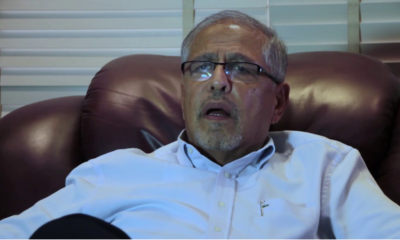
 News6 days ago
News6 days agoTemporary Reprieve As Mohamed Jaffer Wins Mombasa Land Compensation Despite Losing LPG Monopoly and Bitter Fallout With Johos
-

 Sports5 days ago
Sports5 days ago1Win Games 2025: Ultimate Overview of Popular Casino, Sports & Live Games
-
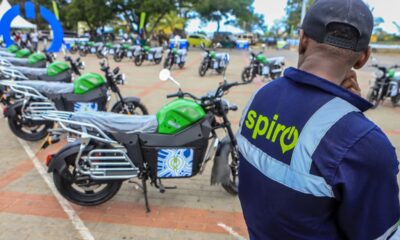
 Business2 days ago
Business2 days ago‘They’re Criminals,’ Popular Radio Presenter Rapcha The Sayantist Accuses Electric Bike Firm Spiro of Fraudulent Practices
-
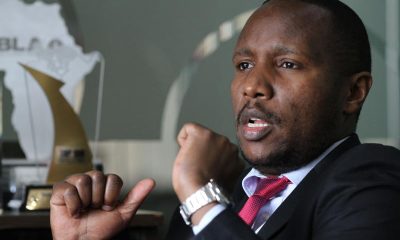
 Investigations6 days ago
Investigations6 days agoFrom Daily Bribes to Billions Frozen: The Jambopay Empire Crumbles as CEO Danson Muchemi’s Scandal-Plagued Past Catches Up
-
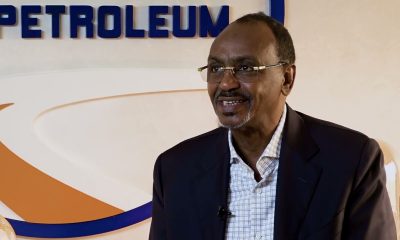
 Business6 days ago
Business6 days agoHass Petroleum Empire Faces Collapse as Court Greenlights KSh 1.2 Billion Property Auction
-

 Investigations2 weeks ago
Investigations2 weeks agoHow SportPesa Outfoxed Paul Ndung’u Of His Stakes With A Wrong Address Letter
-
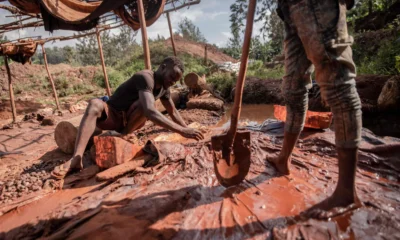
 News6 days ago
News6 days agoShanta Gold’s Sh680 Billion Gold Discovery in Kakamega Becomes A Nightmare For Community With Deaths, Investors Scare
-
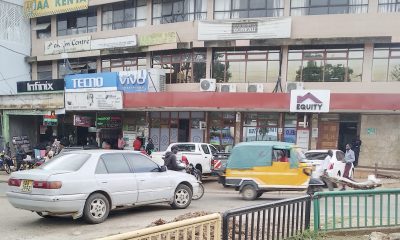
 Investigations2 weeks ago
Investigations2 weeks agoInside the Deadly CBD Chase That Left Two Suspects Down After Targeting Equity Bank Customer Amid Insider Leak Fears

